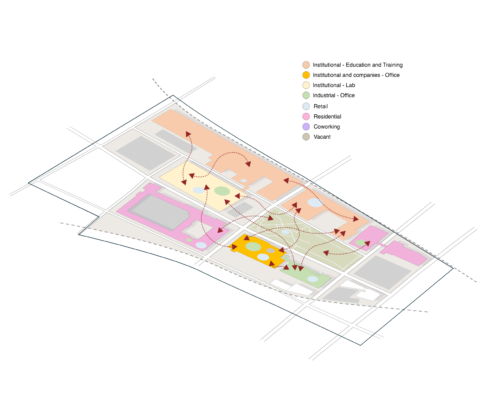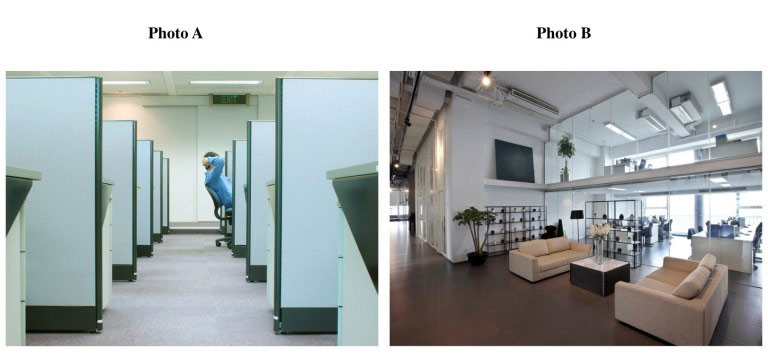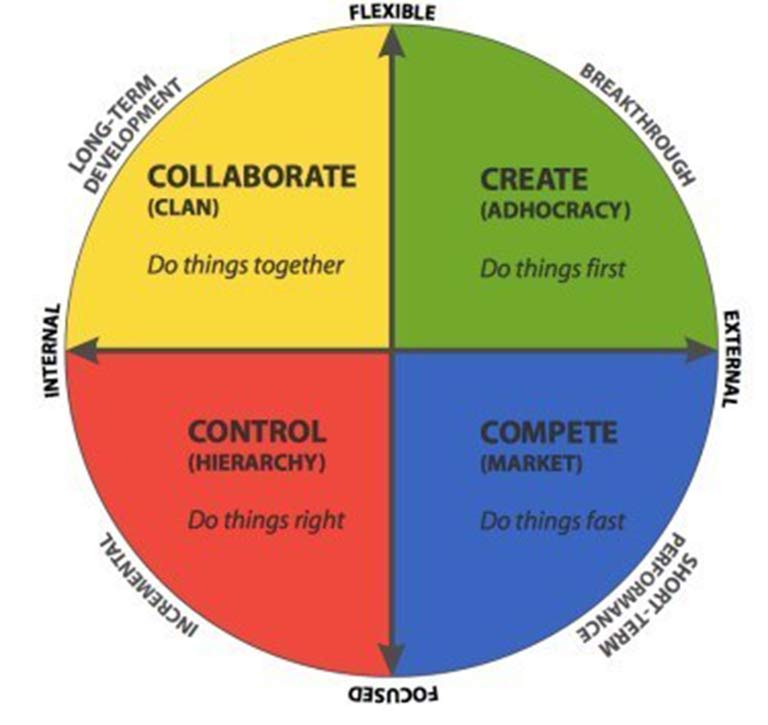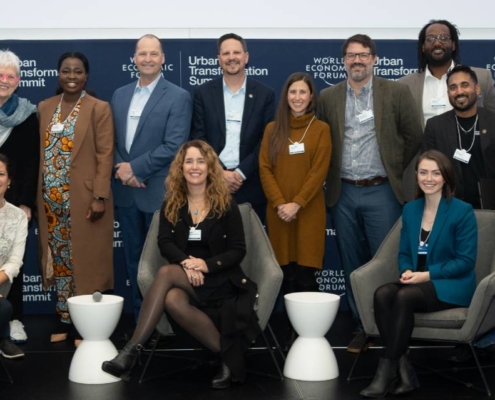 https://www.giid.org/wp-content/uploads/2024/03/Centrality-of-Land-Body-image-White-BG.png
1368
1690
Federico Jorge
https://www.giid.org/wp-content/uploads/2019/01/Global-Institute-on-Innovation-Districts-logo-color.png
Federico Jorge2024-04-09 08:53:162024-04-10 10:37:17Innovation Districts and the Centrality of Land
https://www.giid.org/wp-content/uploads/2024/03/Centrality-of-Land-Body-image-White-BG.png
1368
1690
Federico Jorge
https://www.giid.org/wp-content/uploads/2019/01/Global-Institute-on-Innovation-Districts-logo-color.png
Federico Jorge2024-04-09 08:53:162024-04-10 10:37:17Innovation Districts and the Centrality of LandHow office design can catalyze an innovative culture
Which of these two photos, A or B, reveals an organizational culture that is controlling?

As institutions, large companies, and small firms dedicate tremendous resources to strengthen their innovation potential, many fail to realize that their office design can be a key building block or a barrier for achieving their goals.
The Anne T. and Robert M. Bass Initiative on Innovation and Placemaking studies the role of well-designed public spaces in strengthening collaboration between people in innovation settings. As the majority of innovation occurs indoors—in offices, wet labs, and other spaces—this article highlights how office design influences organizational culture and a firm’s ability to innovate.
Organizational culture is commonly described as a company’s set of values, assumptions, attitudes, and behaviors, the invisible code that makes one company soar and another one sink. Peter Drucker, management consultant for companies such as General Motors, General Electric, and IBM, put it succinctly: “culture eats strategy for breakfast.”
In their book, “Change Your Space, Change Your Culture“, Rex Miller, Mabel Casey, and Mark Konchar argue that although companies may have departments or teams devoted to innovation, they often lack an innovation culture. Like rungs of a ladder, innovation is tied to collaboration and collaboration is tied to engagement, and the first rung of an innovative culture is an engaging workplace, “the vital barometer and tool for creating that culture.” So even if companies go to great lengths to express a culture of teamwork, diversity, and empowerment, their designed spaces may express hierarchy, control, or even fear.
To fix this, new teams of thinkers have emerged to help firms find the right alignment between people, processes, and place. For instance, Workplace Strategies Inc., in Winston-Salem, N.C., helps companies think through changes in organizational culture as they undergo timely and expensive efforts to build office spaces. Peter Marsh, Workplace Strategies’ vice president and principal project manager, told me: “We tell our clients that this is a unique moment in time. Large amounts of capital are about to be used and, for this reason, this is one of the most important leverage points to transform their culture.”
Marsh cites the Competing Values Framework as providing a useful tool. The framework, outlined in this brochure by the Haworth workspace design firm, sets out four quadrants—collaborate, create, control, and compete. Each represents a set of characteristics describing the culture types that commonly drive innovation and effectiveness.
The Competing Values Framework

In a control culture, an organization devotes considerable effort to “doing things right” through internal procedures and protocols. Office spaces reinforce a control culture when they have fixed and closed individual spaces, which can be either high-walled cubicles or offices enclosed by drywall. The answer to the quiz is Photo A, which illustrates a controlled environment where it may be difficult to catalyze creative, team-oriented work.
In a collaborate culture, an organization focuses on long-term internal development and team building. Office spaces reinforce a collaborate culture through a more informal environment with few individual spaces and a greater emphasis on group areas.
In a create culture, an organization concentrates on differentiating itself from others externally with a high degree of experimentation and individuality or creativity. Spaces facilitate a create culture with easy-to-change environments, more open spaces, and a low ratio of individual spaces.
In a compete culture, an organization is focused on a results-oriented work dynamic, with private areas for work and concentration but also informal spaces for rapidly sharing ideas and resolving problems collectively. Office spaces that encourage this include a medium ratio of formal and informal spaces, with a mix of individual and group spaces.
For companies serious about cultural change, workspace consultants guide employees and leadership teams through a phase of self-discovery, articulation of a desired culture, and, ultimately, an agreed-upon approach to realizing organizational change. Workplace Strategies blends field trips for staff into the mix. “We take them to showrooms or to completed projects to show how different designs influence culture,” explained Peter Marsh.
Although profound cultural change can take years to achieve, altering the physical design of a company is an important catalyst in facilitating a desired organizational culture. As Haworth notes, “Successful organizational cultures are intentional by design, not the product of default or serendipity.”


